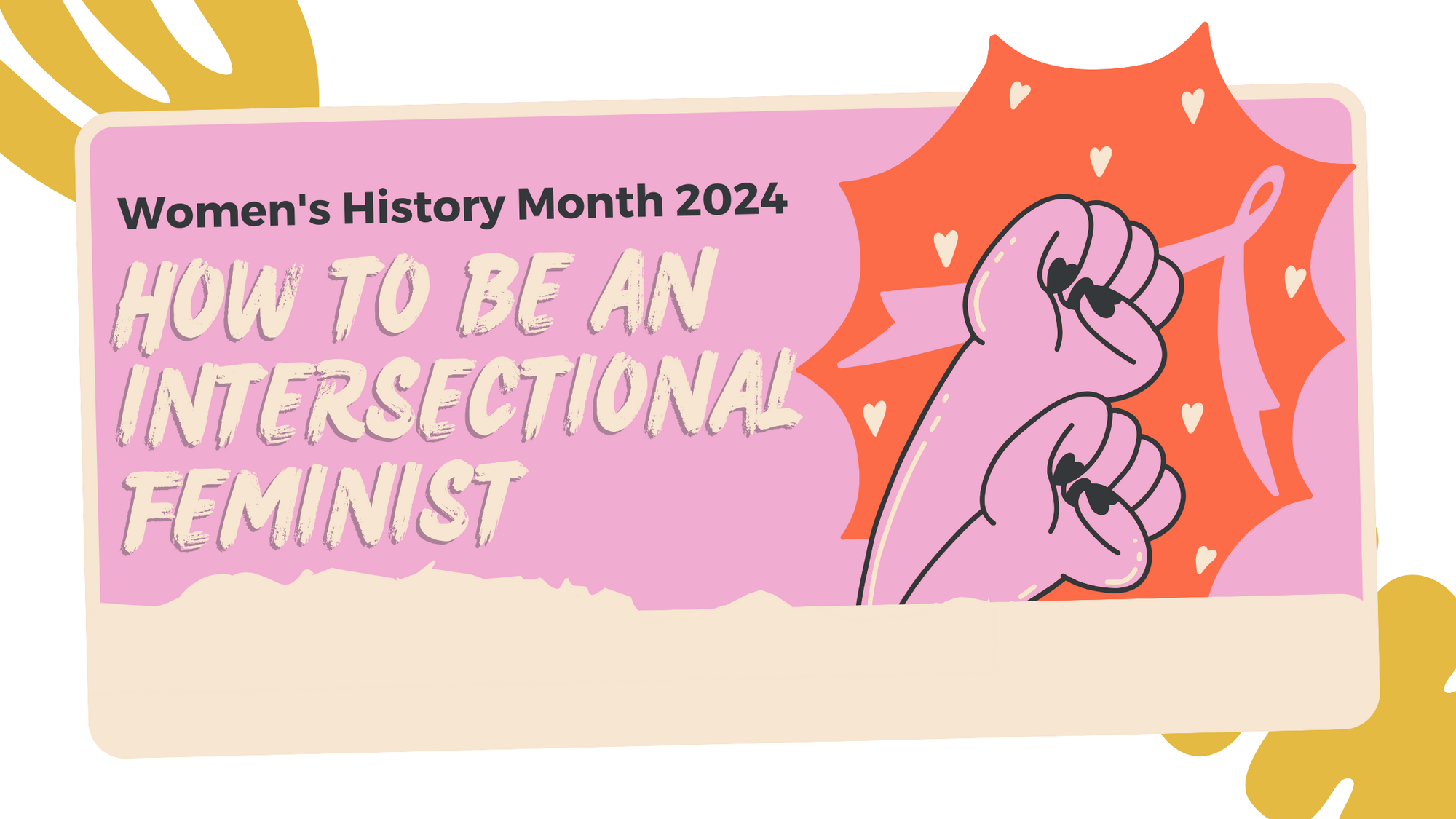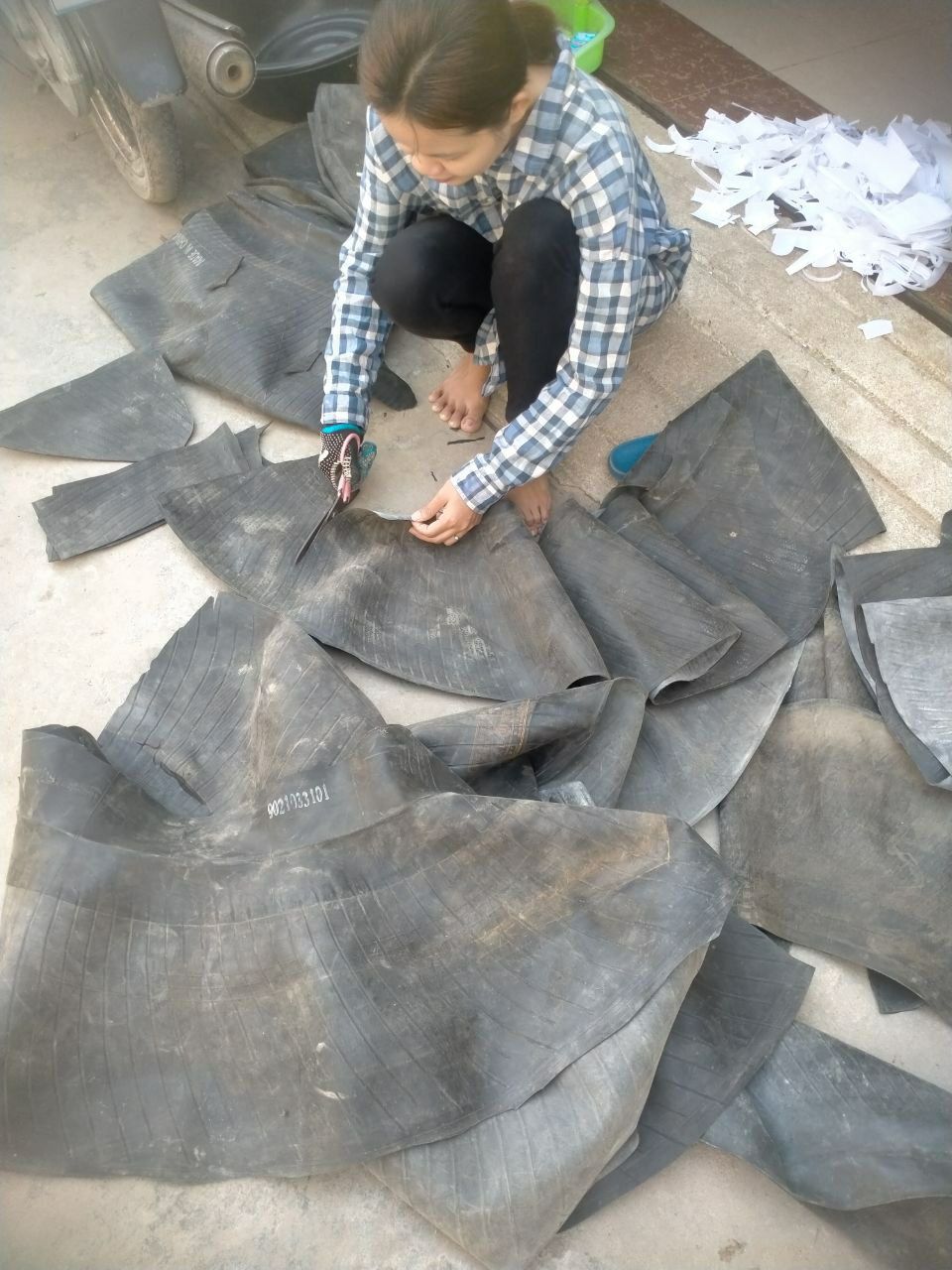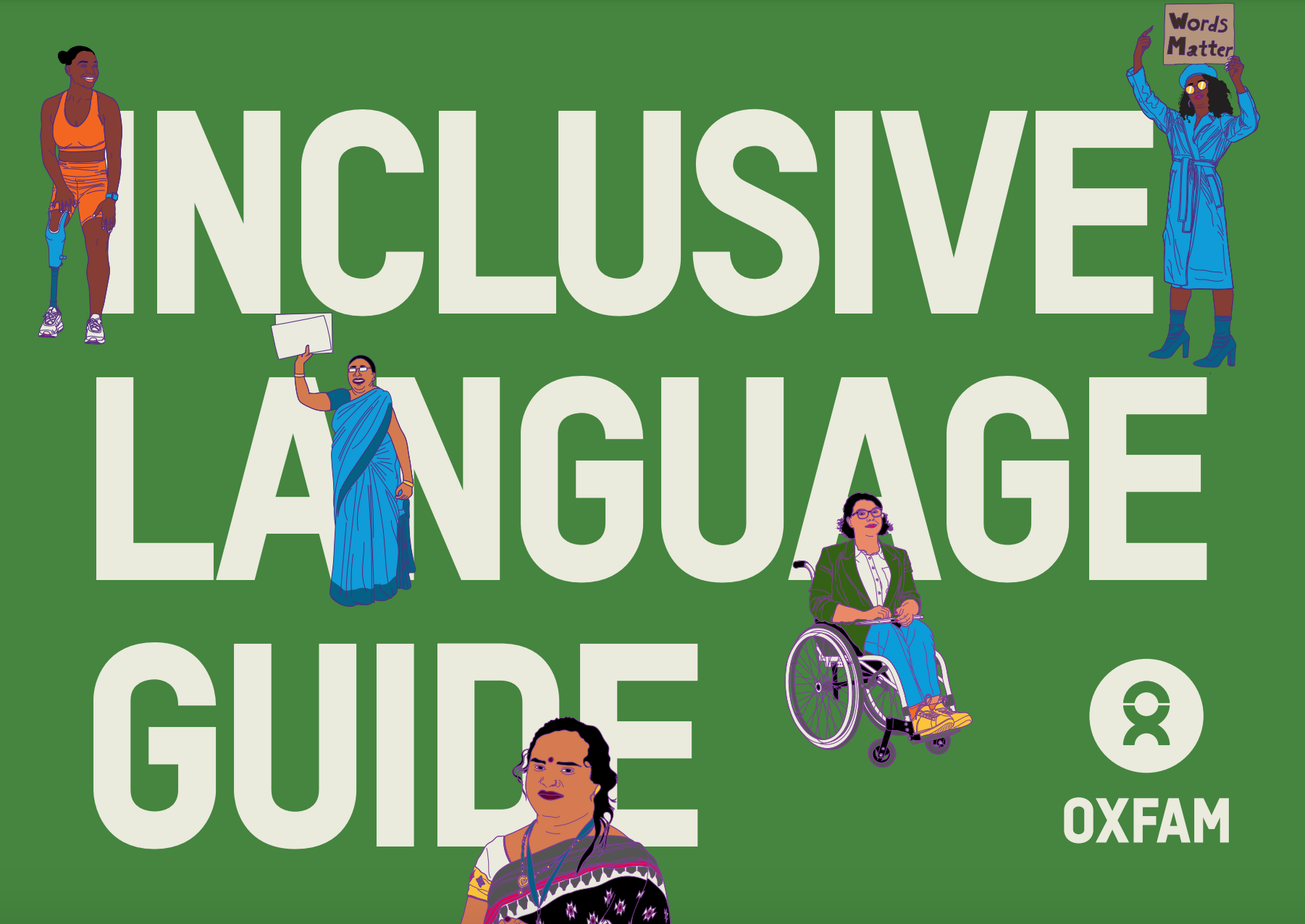In the vast landscape of feminism, one term stands out as a guiding principle for inclusivity and understanding: intersectionality. Coined by Kimberlé Crenshaw in 1989, intersectionality has since become a cornerstone of feminist theory and activism, highlighting the interconnected nature of social identities and experiences. It recognizes that individuals don't just inhabit one singular identity but are shaped by multiple factors such as race, gender, class, sexuality, ability, and more.
At its core, intersectional feminism acknowledges that traditional feminist movements often failed to address the struggles faced by women who were marginalized not only by their gender but also by other aspects of their identity. It emphasizes the importance of recognizing and addressing these intersecting systems of oppression to create a more inclusive and equitable society.
One of the key insights of intersectionality is understanding privilege and disadvantage within different social contexts. For instance, while all women may face gender-based discrimination, women of color, transgender women, disabled women, and women from low-income backgrounds often encounter additional barriers due to racism, transphobia, ableism, and classism, respectively. By acknowledging these intersecting forms of oppression, intersectional feminism seeks to uplift the voices of those who have been historically marginalized and advocate for solutions that address the needs of all women.
Here is how we can use this concept in a meaningful way as a campaigner. (Source Plan International)
1. Use our platform to support those with less privilege
For example, male allies can help girls be heard by raising their concerns both in places of power, and in the community.
2. Listen and learn from diverse groups
Talk to people, learn about their issues, find out what they need support on.
3. Take criticism onboard
It can be hard to hear criticism, but if we don’t listen, we’re not truly helping those with less privilege. People’s lived experiences are more important than what you think you know.
4. Create strength in numbers
Support other groups to create a bigger community working towards social justice and equality for all.
5. Share ideas and resources
We’ll achieve gender equality sooner if we learn from other groups on what has worked.
Looking through a different lens
It is obvious that from birth, we’re not all at the same starting point and for many this will carry on throughout their lives.
.
Intersectional feminism offers a powerful framework for understanding the complexities of oppression and privilege in our society. By centering the experiences of marginalized individuals and recognizing the interconnectedness of social identities, intersectional feminism paves the way for a more inclusive and equitable future for all. As we continue to strive towards gender justice and social transformation, let us embrace intersectionality as the heart of feminism.



